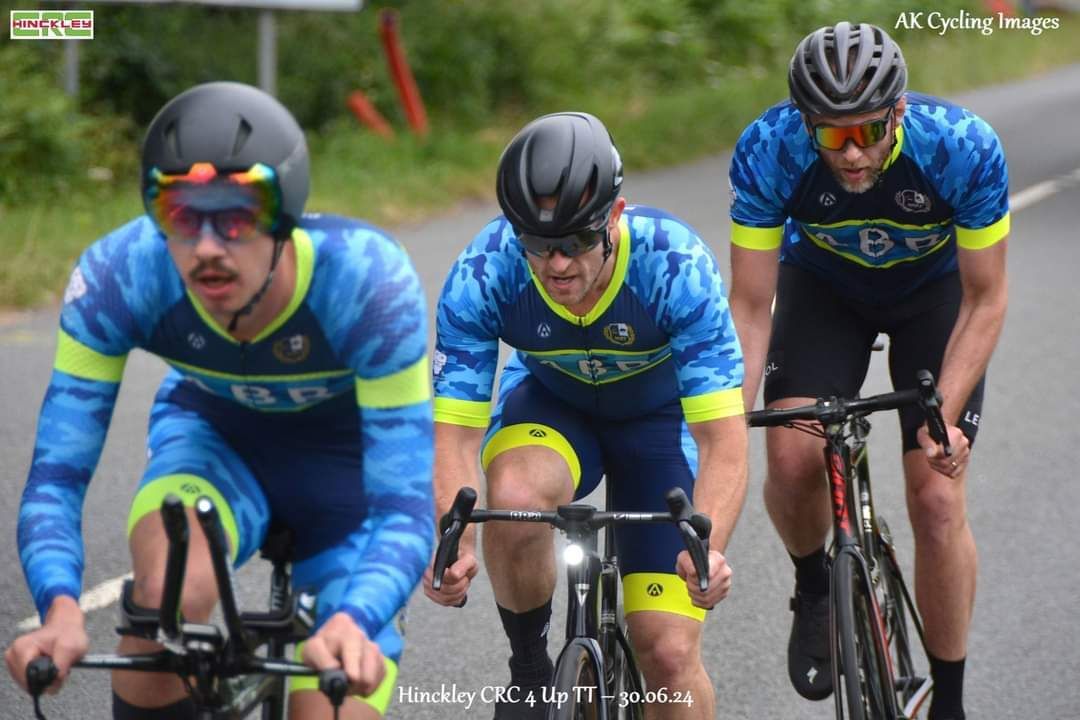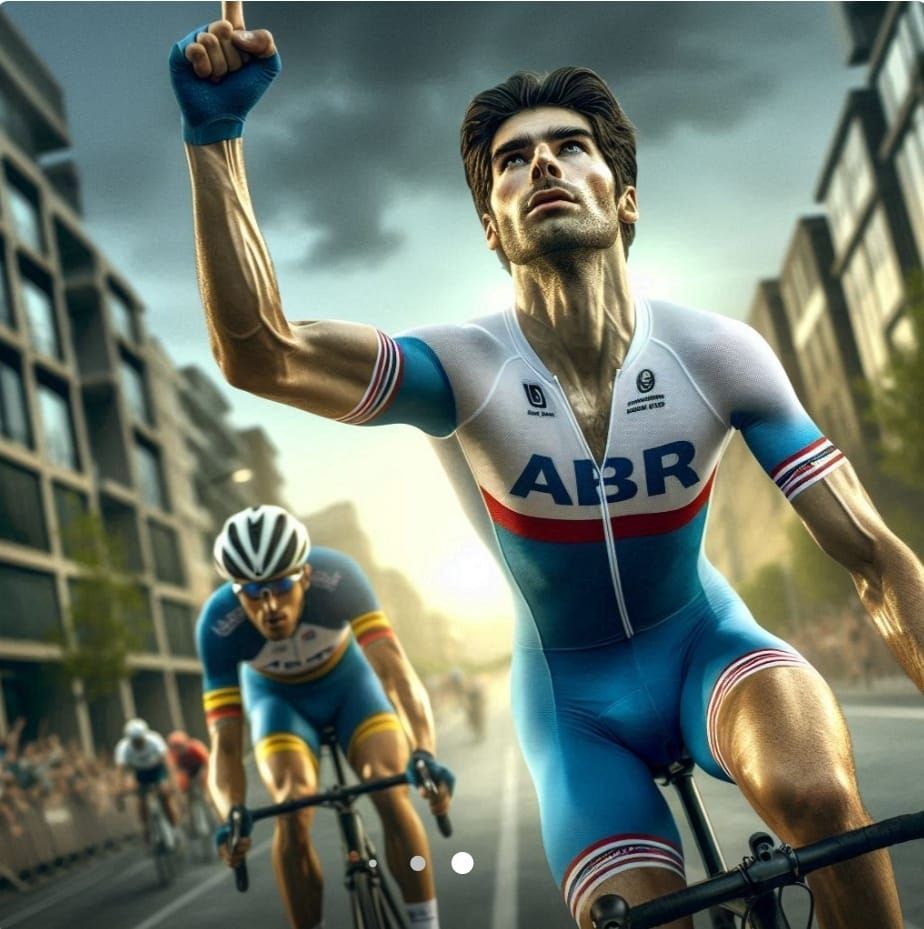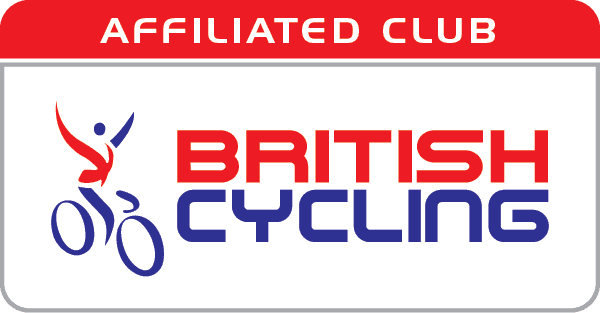Support the ABR Team
Help build a better experience for our ABR cycle team. We spend many hours on a non-paid basis.
What is Normalized Power in Cycling
Introduction to NP and Cycle Training
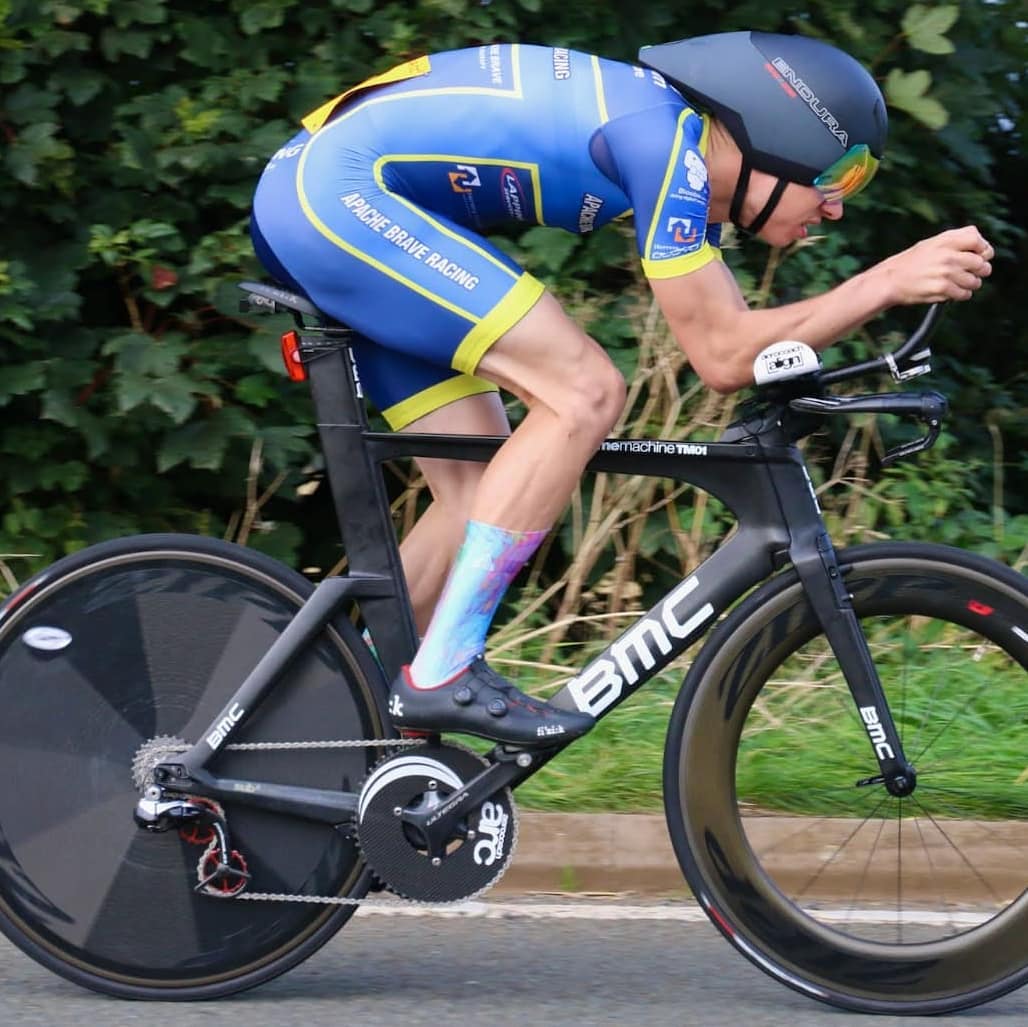
Cycling is a sport of power. The goal of cycling is to produce enough power to stay in the race while pedaling as efficiently as possible. The more efficiently you can produce these watts, the less energy it takes to maintain your speed on the bike. This means you have more gas left in the tank for climbing or sprinting when necessary—which is where high-intensity efforts like an all-out sprint come into play.
The goal of cycling is to produce power as efficiently as possible.
Cycling is a sport where efficiency is the key to success. You can improve your efficiency by training, which will help you produce power more efficiently and make the most of your time on the bike.
When we talk about "normalized power," we are referring to an athlete's ability to express their true physical capabilities in terms of watts (watts/kilogram). The goal of cycling is to produce power as efficiently as possible; therefore, normalized power has become widely accepted as an accurate measure of fitness level when comparing athletes from different disciplines or levels of ability within a single discipline.
Normalized power is a great tool to help you gauge your fitness level. If your normalized power drops significantly while training at the same intensity, it means that you've become less efficient and are now producing more fatigue-causing byproducts (such as lactic acid). This is generally due to poor technique or an increase in body weight. For example, if an athlete increases their food intake without increasing their physical activity level, they will gain weight and thus lose power output.
Another example of this could be increasing training intensity while neglecting recovery. This will also cause a decrease in normalized power output.
Normalized power is a great tool for comparing yourself against others, but it has its limitations. For one thing, it's not always possible to get the same effort out of each athlete in a group setting; some people just naturally go harder than others. Additionally, athletes who are more comfortable in a group setting may be less likely to push themselves and thus produce lower normalized power numbers.
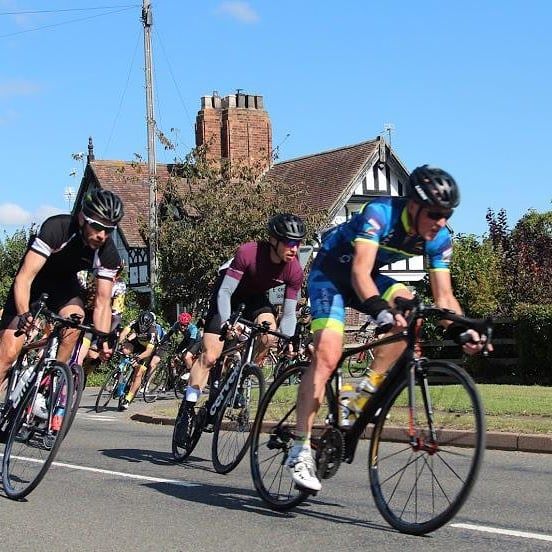
This is what we call normalized power.
Normalized power is a way to compare the performance of one ride with another. It's calculated by dividing your average power output by your body weight and speed, which gives you an NP value.
Normalized Power = Power/Body Weight x Speed (in km/h)
You can also get your NP by dividing your average power output by the level of effort you felt during the ride. This is known as the normalized rating of perceived exertion (RPE).
Normalized Power RPE = Power/Body Weight x Speed (in km/h) x Effort Level
Normalized power can be used to compare the performance of one ride with another, just like your average power. It's calculated by dividing your average power output by your body weight and speed, which gives you an NP value. Normalized Power = Power/Body Weight x Speed (in km/h) You can also get your NP by dividing your average power output by the level of effort you felt during the ride. This is known as the normalized rating of perceived exertion (RPE).
Normalized power can be used to compare the performance of one ride with another, just like your average power. It's calculated by dividing your average power output by your body weight and speed, which gives you an NP value. Normalized Power = Power/Body Weight x Speed (in km/h)
You should plan your training around a specific NP value so that you can discover the most efficient way to produce the power you need on race day.
Normalized Power (NP) is a measure of efficiency. It's the power you can produce at your lactate threshold heart rate, normalized for your weight and VO2max. You should plan your training around a specific NP value so that you can discover the most efficient way to produce the power you need on race day.
In order to know what your NP value should be, you need to first determine your lactate threshold heart rate (LTHR). This is the number of bpm at which you produce the most power while still being able to clear lactate from your muscles. Once you've determined this number, then you can multiply it by a certain percentage based on your weight and VO2max.
An example would be if your LTHR is 180 bpm and you weigh 160 pounds. Then your NP would be: 180 x 1.09 = 198.
You should aim to train at this value or above. If your NP is less than 198, then you can try to increase it by either increasing your VO2max or body weight.
The easiest way to increase your body weight is by eating more calories. This can be done by eating more protein, fats and carbs in your diet. But if you are already consuming enough calories from those sources then maybe it's time to consider increasing how much weight training you do in the gym.
The best way to increase your VO2max is by doing longer, harder workouts. This could mean increasing the duration of your runs or rides, but it also means increasing the intensity.
For example, if you are doing an interval workout where each interval begins at your NP value and then drops in intensity by 10 bpm, then the next interval would begin at 180 bpm. This may seem like a lot of math to figure out how fast you should be going for each interval; however, it is much easier than it sounds.
The best way to figure out your NP value is by doing a VO2max test. This can be done at most local gyms or sports performance facilities.
The VO2max test will require you to exercise for about 10-15 minutes on a treadmill or stationary bike. You will then get hooked up to an oxygen sensor and continue to exercise, increasing your intensity every minute until exhaustion. At that point, the sensors will measure how much oxygen is being consumed and this information can be used to determine your VO2max value.
Conclusion for using Normalized Power for Cycle Training
Normalized power is a great tool for cyclists to use in their training. It allows them to find the most efficient way to produce the power they need on race day and discover areas where they can improve their performance. You should plan your training around a specific NP value so that you can discover the most efficient way to produce the power you need on race day.
ABR blogs are brought to you by Bloobo.com Website Builders.
What do they do?
Bloobo.com offers a wide range of services nationwide, all serviced from their offices in Derby.
Services include: Website Builder. Mobile apps. Marketing
They will work with you to design and build your website to match your brand, help attract new customers and manage social media and marketing consultancy.
Everything is designed for your brand and they offer great value whilst guaranteeing high quality.



